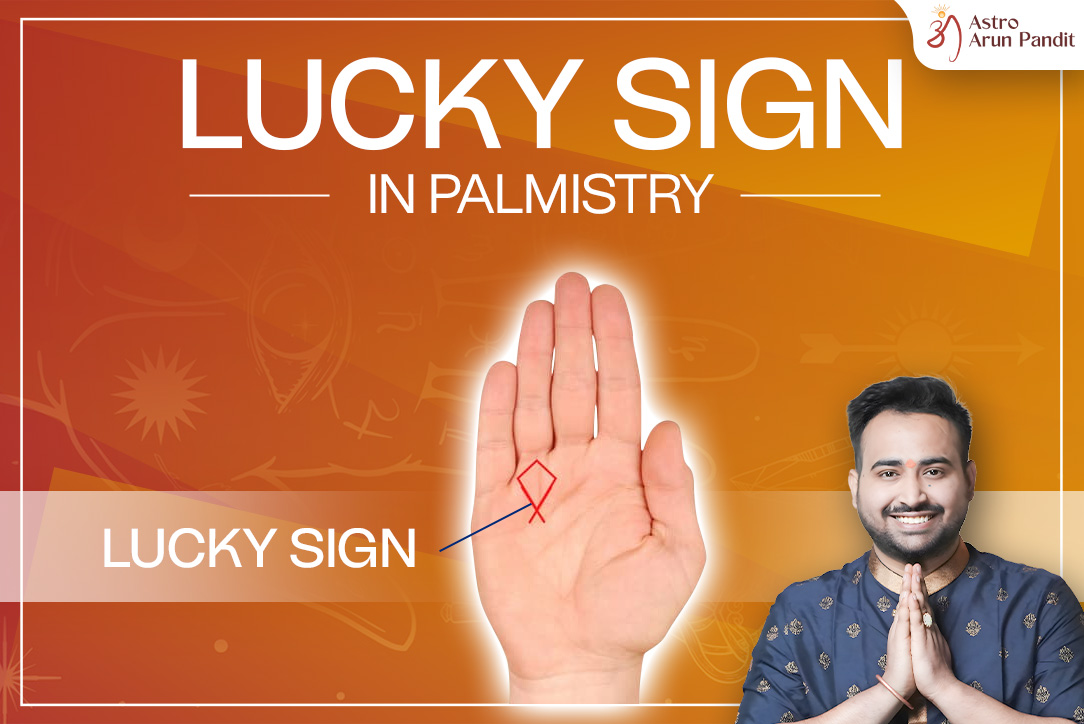For most women, the urge to be a mother is very emotional and, sometimes, overwhelming. Becoming a mother is a process of hope, expectation, and, in some cases, anxiety. Women, particularly those who experience fertility problems or delayed conception, seek the use of palmistry in an attempt to find answers. They desire to know whether their children are included in their fate, whether they will be blessed with motherhood, and how many children they will have. The desperation is such that even a tiny line in the palm can give hope, and the lack of visible lines can cause undue worry. But palmistry, as any other means of divination, can be regarded only as a guide and not as a definitive fate-deciding element.
Children’s line palmistry is an ancient practice based on reading fine vertical lines close to the marriage line or on the Mount of Mercury in order to receive information about children. These lines not only tell us how many children there will be but also whether they are boys or girls, their health, and the general relationship with the parent. A strong and deep line shows a healthy and robust child, but broken or thin lines may point toward conception or pregnancy issues.
What are Children’s Lines on Palmistry?
Children’s lines on the palm are minute and usually vertical lines close to the marriage line or on the Mount of Mercury in palmistry. They are said to signify the existence of children in one’s life, providing information about the number of probable children and the parent’s attitude towards them. In children’s line palmistry, they are meant to indicate not only childbirth but also emotional bonding with children. While others regard them as indicating biological children, others think they can also denote adopted children or playing a caregiving role in someone’s life.
Where to find them on the Palm?
Children’s lines in the palm are typically found close to the marriage line, which is observed on the edge of the palm below the pinky finger. In the palmistry of children, lines are vertical, tiny lines that originate from the marriage line or even on the Mount of Mercury, the soft mount beneath the pinky. Their depth, sharpness, and placement are studied to learn information regarding children and childbirth.
Types of Children Line Palmistry
Children’s lines on palms in palmistry are read according to their depth, shape, and transparency. There can be different types of children lines, each with a different interpretation regarding how many children it indicates, their health, and the parent-child relationship. The following are some common types of children lines in palmistry and their likely interpretations:
1. Deep and Clear Children Line Palmistry
- A clear, deep child line in hand is usually seen to represent a healthy and robust child.
- These lines reflect a close physical and emotional bond between the parent and child.
- A thick and deep line, say some palmists, reflects a boy child, while a delicate but distinct line reflects a girl child.
2. Weak or Faint Children Lines Palmistry
- A thin child line on a woman’s hand is usually connected to infertility or difficulty in conceiving.
- It could also show that the relationship between the parent and child is terrible, or the child is physically absent due to factors such as pursuing studies outside the country or separation.
- In some views, a thin line is an indication that the child will be physically frail during infancy but will improve as time passes.
3. Broken or Disconnected Children Lines
- A broken baby line in hand can sometimes be traced to pregnancy problems, miscarriage, or issues with giving birth.
- If the broken line gets reconnected, it can indicate a child is overcoming challenges or that there will be better relations with the child in the future.
- Some breaks in the line could mean breakups, misunderstandings, or challenges with raising the child.
4. Forked or Split Children Lines
- A forked kids line in the hand can indicate twins or multiple births.
- If a fork is open and broad, it may show children following different paths of life or living separately.
- A few palmists believe that a bifurcated child line can also show a child of two contrasting personality types or changeable career/life paths.
5. Wavy or Curved Children’s Lines
- Wavy or curved baby lines in hand can be a sign of childhood health problems for the child.
- Lines can also indicate unstable parent-child relations because of disagreement or emotional disconnection.
- If the line is highly curved, it will show that the child keeps changing places or traveling away from home for professional or personal purposes.
6. Crossed or Intersected Children’s Lines
- If there is another line crossing over the child line in hand, it may suggest issues regarding the upbringing of the child or outside influences on the parent-child relationship.
- Some readings feel that a crossed line might suggest issues the child might encounter in life, like study issues, career setbacks, or sicknesses.
- If there are several crossing lines, it might suggest ongoing changes in the destiny or way of life of the child.
7. Chained or Dotted Children Lines
- A chained kid line (in the form of a line of little links) can signify a child who requires special attention for health or emotional issues.
- Small dots along the length of the child’s line on the palm may symbolize short-term issues that the child is most likely to encounter in their growing years.
- Other palmists see chained lines as a child who has a weak disposition, likes to worry too much, or is emotionally unstable
8. Short Children Lines
- Short children’s lines in palm reading are also seen to signify that the child may not be much in the life of their parent.
- It may also signify a child who will keep distance based on profession or marriage.
- Some authors describe short lines as children who are fun but don’t need parents’ attention and interaction all the time
9. Overlapping Children Lines
- If a child’s line in palmistry overlaps another, it could indicate a child who will be dominated by siblings or a figure of authority.
- This may also represent the concept of the child being near another relative, a grandparent, and not the parent.
- Overlap lines may mean a child who tracks the parent as a profession or in the activities they do.
10. Multiple Children’s Lines
- There are numerous children lines on the palm that may signify innumerable children, but the depth and clarity of the lines will ascertain the intensity of the relationship with each child.
- Some palmists opine that if the initial lines are deep and clear but the subsequent ones are weak, it indicates the first children will be more critical in the life of the parent while others may be less involved.
- If the lines are near, it could be a sign of children born near in age or with a strong emotional connection
Influence of Surrounding Marks on Children Line Palmistry
Under the little finger on the Mount of Mercury or as minute branches sprouting out of the marriage line are found the fine vertical children lines of palmistry. These are interpreted to foretell the number, health, and character of a person’s children. Interpretation marks around and on or close to these lines are essential for analyzing them. Various marks convey details regarding the future, health, nature, and even complications during childbirth of the child.
1. Island on the Children Line Palmistry
There is a small loop or oval that looks like an island on the line.
- If it shows up at the start of the line, it could indicate poor health or pregnancy complications.
- If it shows up in the middle, the child can have disease or developmental issues that can be treated with medication.
- If at the end, it may indicate problems in the adulthood of the child, e.g., financial difficulties or emotional issues.
2. Breaks in the Children Line Palmistry
A broken children line indicates childbirth or miscarriage issues:
- A fully broken line may indicate losing a child during pregnancy or complications during birth.
- If the break reunites, it may indicate an illness in the child that is temporary but will heal.
3. Cross on the Children Line Palmistry
The Cross is considered as a negative sign.
- It can represent miscarriage, abortion, or sickness in the early years of the child.
- If the cross is clear and deep, it can represent a child who will endure sickness, psychological issues, or financial issues.
4. Star on the Children Line Palmistry
Star on the children line is of mixed meanings.
- In certain situations, it means a talented child with great potential if the star is nourished.
- If malnourished, it can indicate sudden problems or unforeseen health problems.
- If appearing at the start of the line, it could represent a troublesome birth.
5. Triangle on the Children Line Palmistry
A triangle is usually observed as a protective mark.
- It represents success, wisdom, and prosperity for the child.
- If well-supported by a strong Fate Line, the child will likely lead a successful life.
6. A Wavy or Irregular Children Line Palmistry
An irregular or wavy line indicates the child has a poor constitution.
- This may indicate frequent illness in childhood but is not a guarantee of anything serious.
- Where the wavy pattern is very marked, emotional instability or problems in later life may be suggested.
7. Forked Children Line Palmistry
A fork at the end of a children line can have a variety of different interpretations:
- A broad fork indicates estrangement, e.g., the child staying away from home or estrangement.
- A narrow fork may indicate a child with two vocation options or two interests.
- If the fork is at the bottom, it may signify birth complications like premature birth.
8. Surrounding Palm Features on the Children Line Palmistry
- Strong Sun Line – Symbolizes the child to become a success and become famous.
- Broken or Weak Life Line – This can indicate pregnancy troubles or a frail child.
- Deep and Clear Children Lines – Show healthy and robust children with good prospects.
- Weak or Faint Children Lines – May show difficulty in conceiving or weak children.
Conclusion
Palmistry provides information on several aspects of life, including children, through fine-line interpretation at or close to the marriage line or Mount of Mercury. Deep and clear lines indicate healthy children and good relationships, whereas weak, broken, or forked lines can indicate conception, health, or relationship problems. Crosses, stars, or islands are other types of markings that add more specific interpretations, indicating potential issues or unique traits in a child’s life. However, palmistry is a principle rather than a cut-and-dry forecast since numerous external elements determine an individual’s fate.
Related Blogs:

















